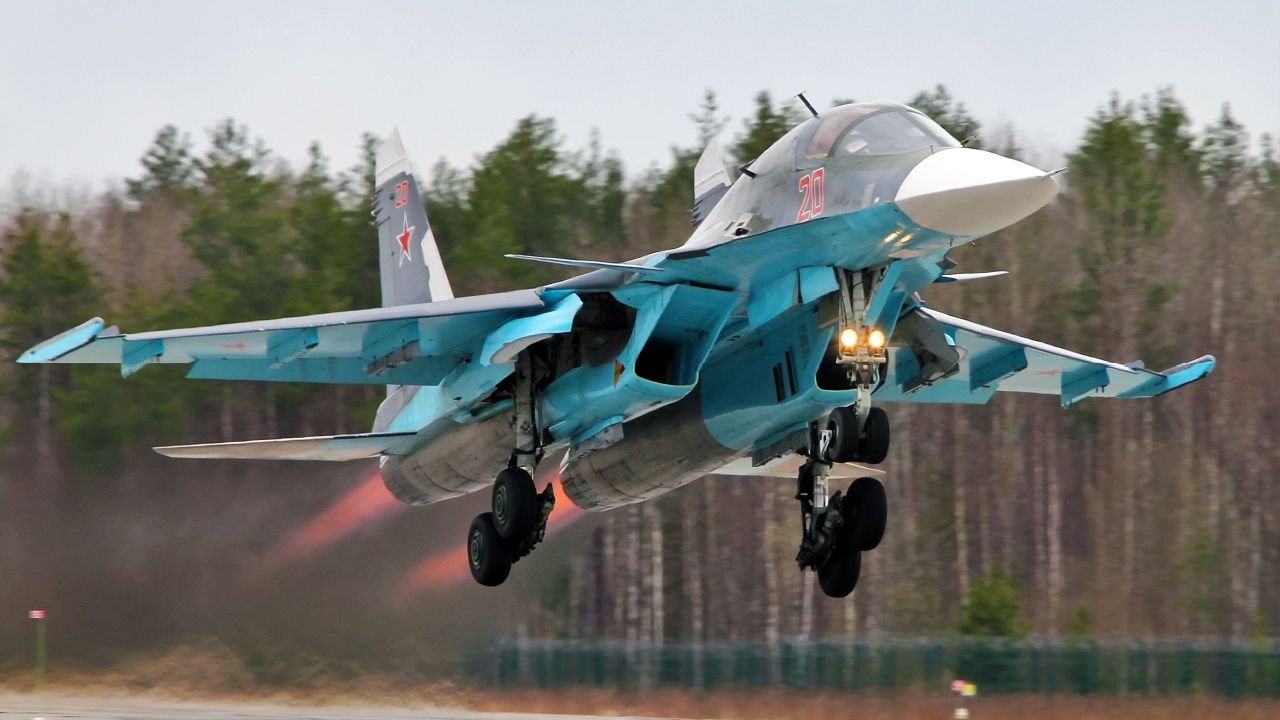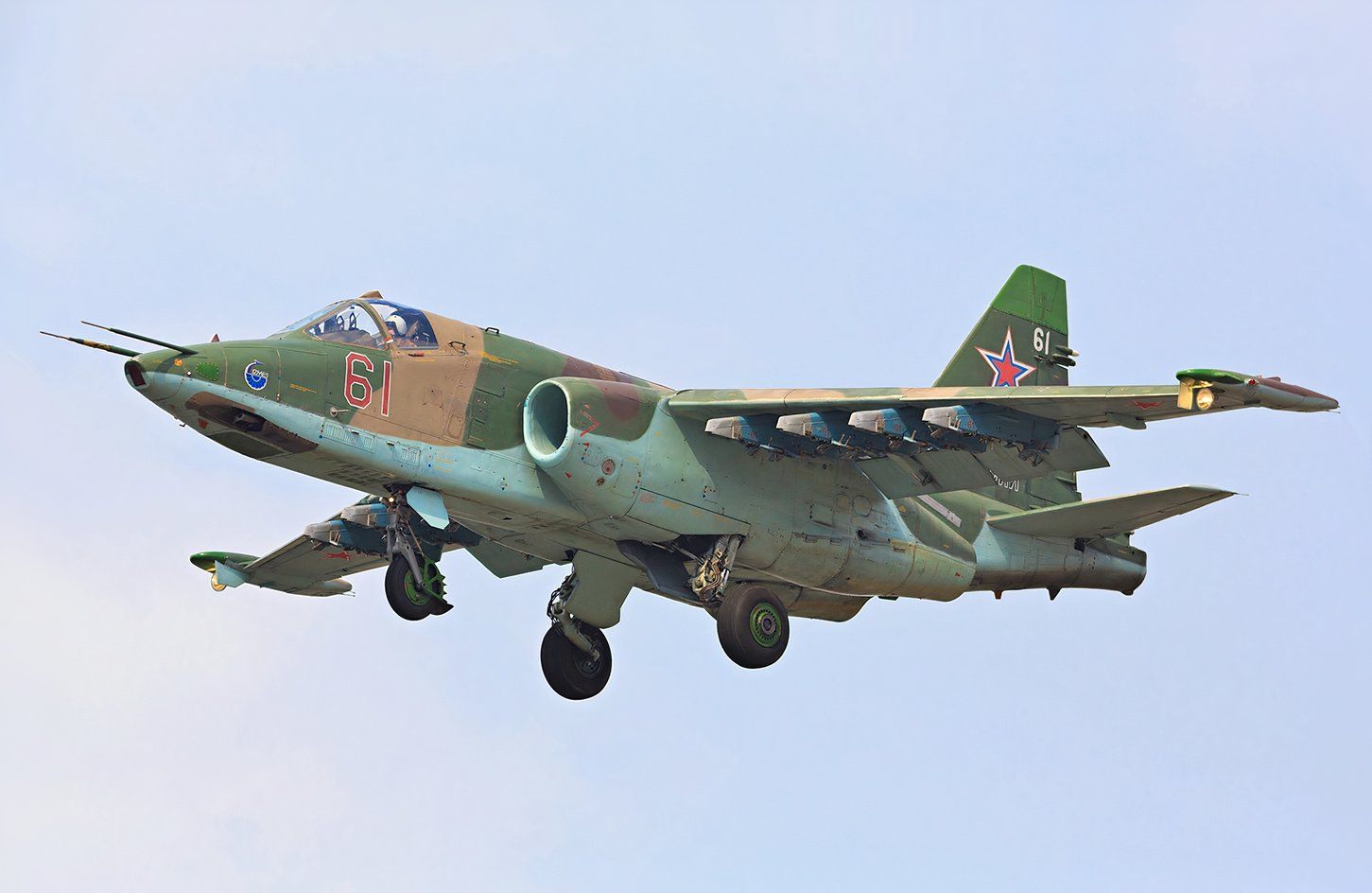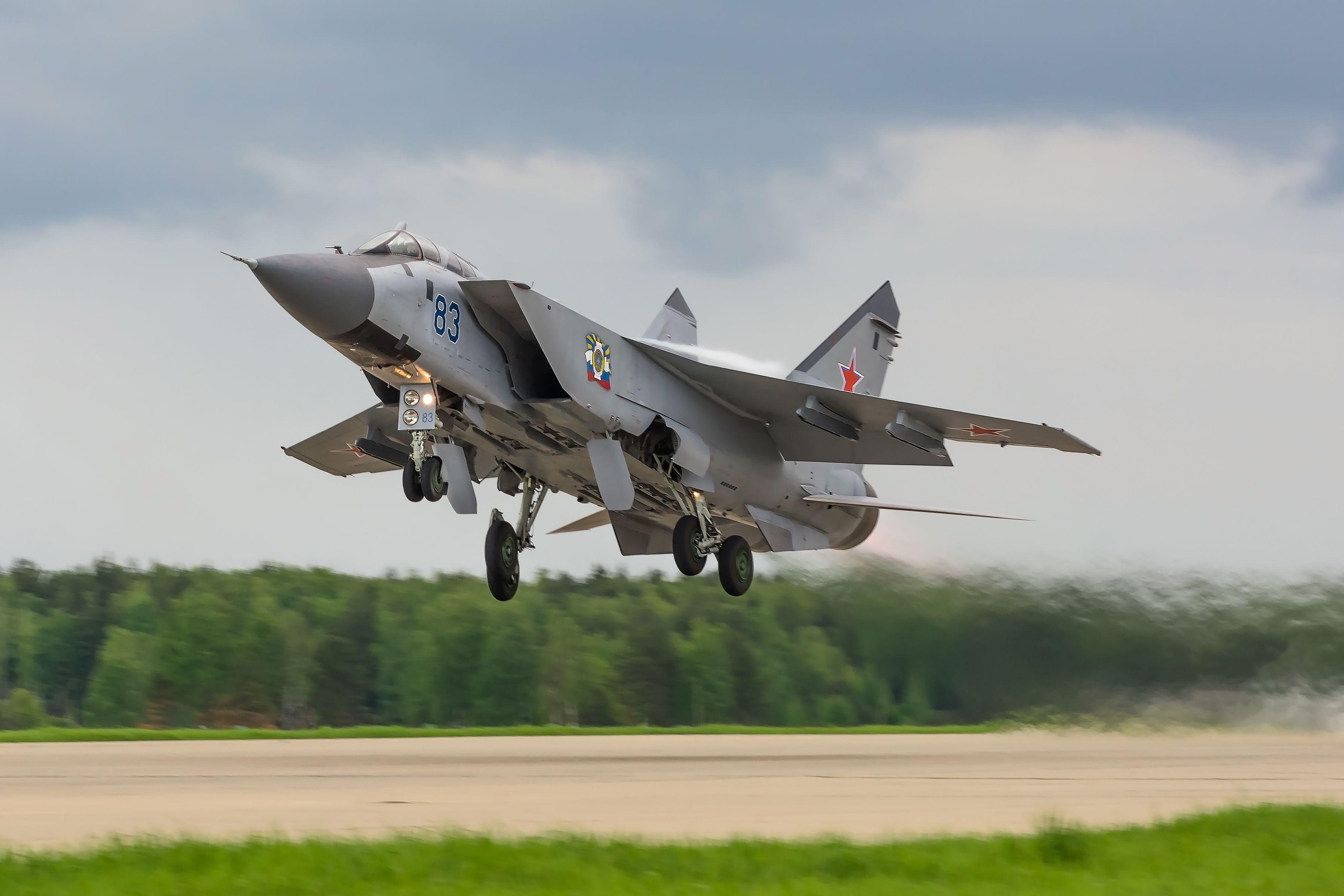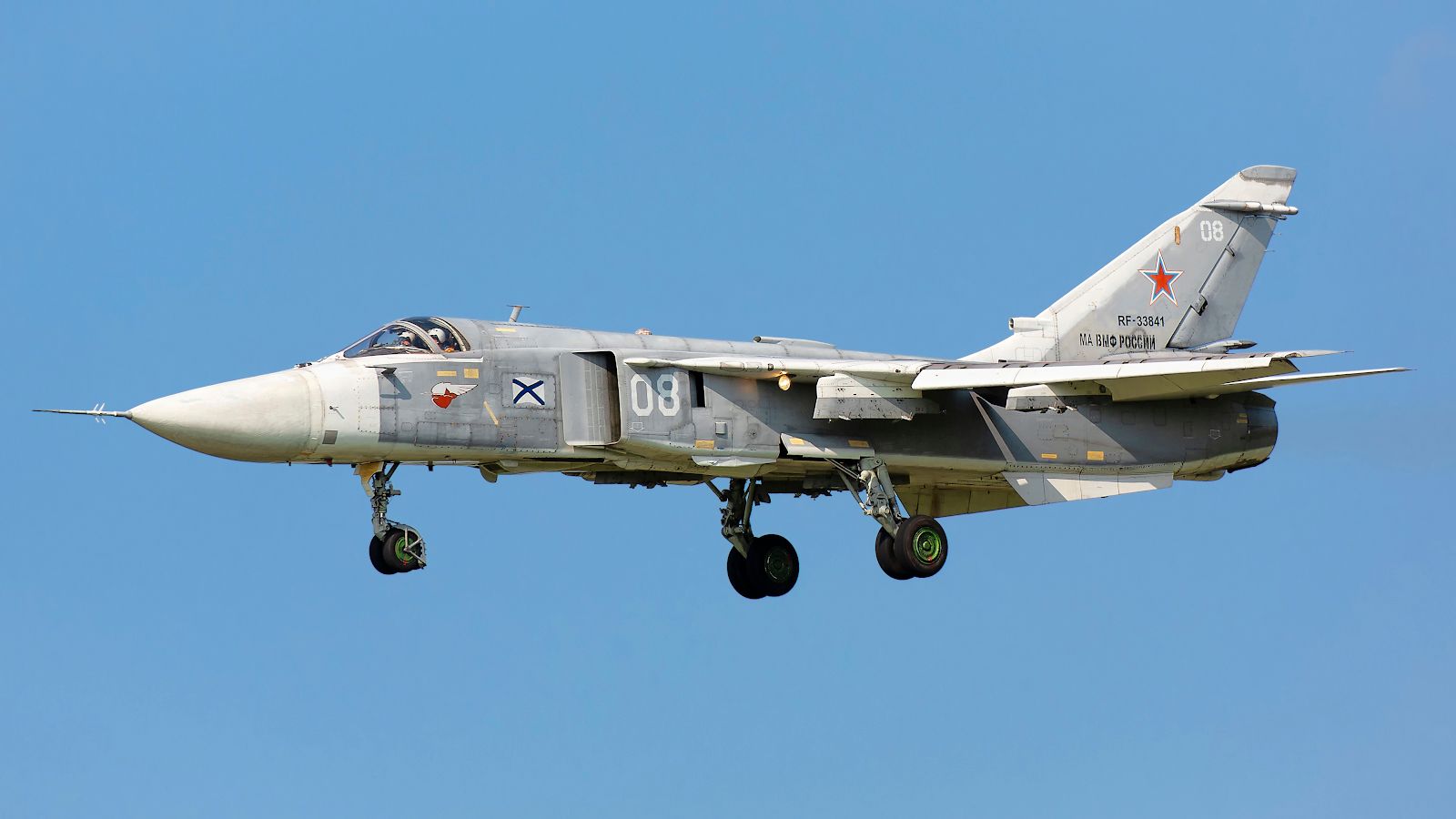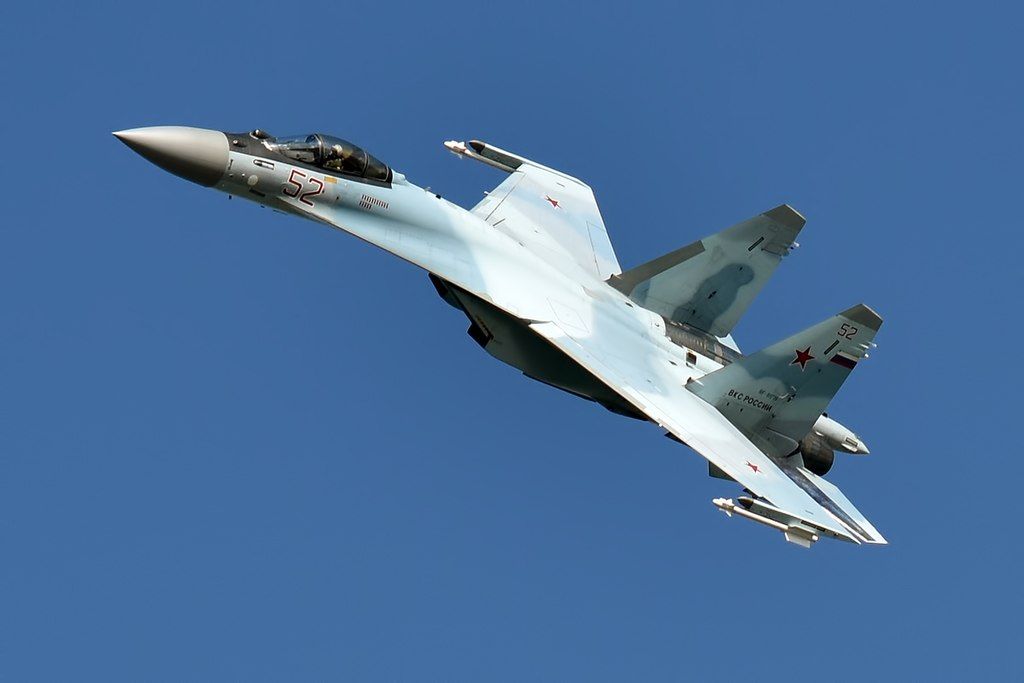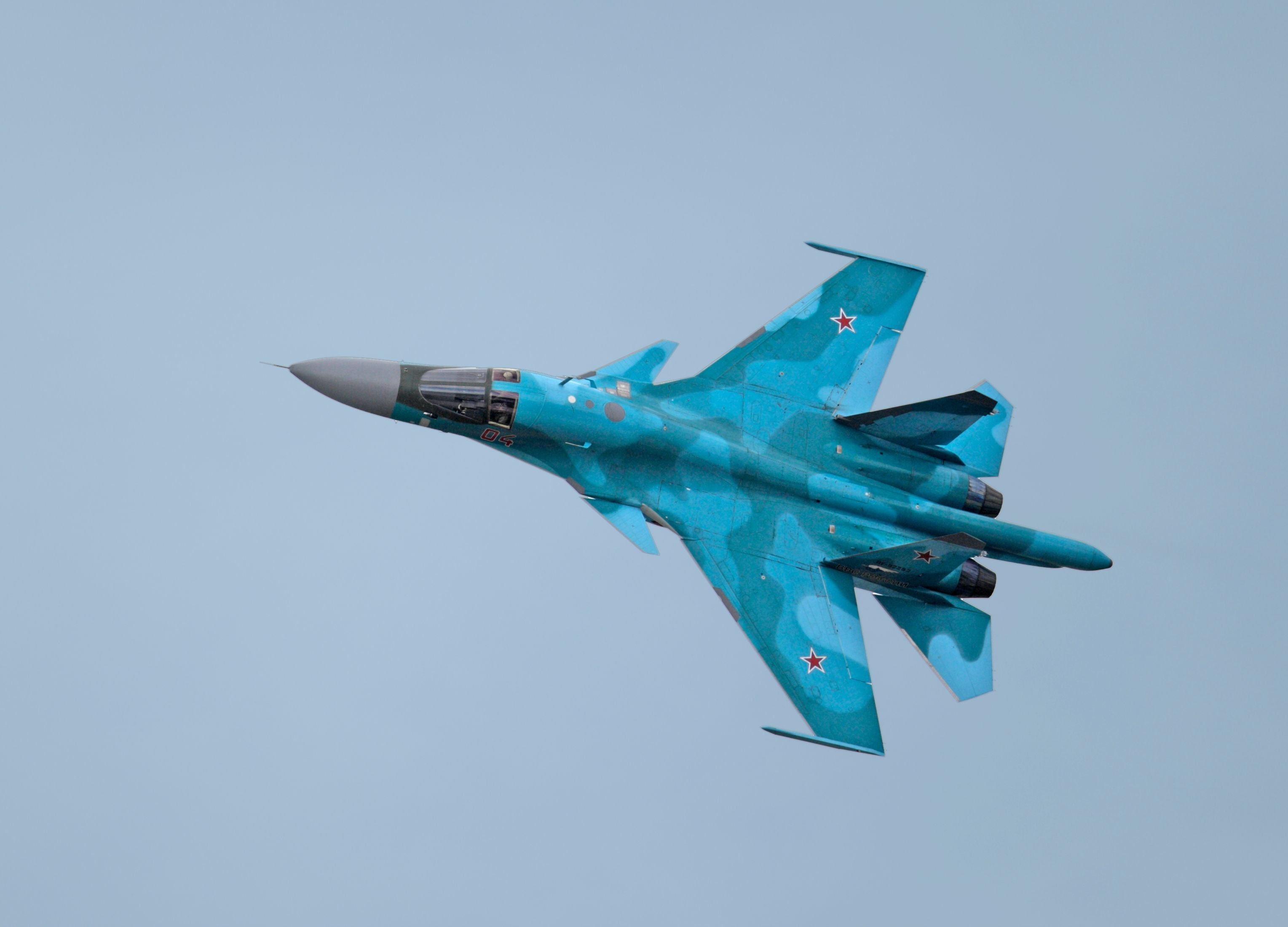Summary
- Russian Air Force facing combat losses and aging airframes.
- Overuse during wartime leading to accelerated aging of aircraft and imputed losses.
- Older airframes already disappearing from the battlespace.
In March 2024, Defense News ran an article saying that the Russian Air Force (VKS) could be down to less than 75% of its prewar strength. Still, the Russian Air Force is still large and powerful (e.g., it just launched perhaps the largest stand-off missile strike in history). While guesswork and uncertainty abound, some things are certain: the Russian Air Force has failed to secure air superiority over Ukraine beyond the front line, and in the last few years, almost no one has purchased Russian fighter jets.
Observed combat losses and new buys
Defense News’ claim is perhaps surprising given that FlightGlobal assessed in 2024 that Russia has a combat fleet of around 1,539 combat aircraft and that Russia’s fighter jet losses confirmed in the war to date (September 2024) by open-source intelligence accounts like the Oryx blog are 127 aircraft (a few of which are non-combat aircraft).
|
Russian fighter jets: |
Number confirmed lost: |
|---|---|
|
MiG-31 Foxbat: |
3 |
|
Su-25 Frogfoot: |
33 |
|
Su-24 Fencer: |
14 |
|
Su-27/30/34/35 Flanker family |
55 |
|
Su-57 Felon: |
1 |
|
Unknown fighter: |
3 |
Additionally, Russia’s combat aircraft production for the war years 2022 and 2023 is estimated to be 22 to 26 and 29 to 50, respectively. Defense News estimates that the Russian Air Force only purchases around 20 Su-30s, Su-34s, and Su-35s per year.
60 imputed aircraft losses annually
However, as with many things, the devil is in the detail. Russia’s combat fighter jet losses are certainly higher than what has been independently verified (including more losses on the ground that can be observed from satellites). However, the biggest issue is that wartime use places much more wear and tear on aircraft airframes, which shortens their lifespan.
Photo: Arseniy Shemyakin Photo | Shutterstock
Defense News states, “the VKS is on track to suffer approximately 60 imputed aircraft losses this year from overuse. That is equivalent to losing 26 new airframes.” In other words, while new production may cover the observed losses in combat more or less, it is not enough to compensate for the accelerated aging of the airframes (Russia is forced to retire them faster).
Just over half of the VKS’s tactical airframes are over 30 years old – and these don’t have many flight hours left. Making matters worse, most of the observed losses are in their newer Su-34/Su-30/Su-35 family – meaning that more often than not, the aircraft lost are those with the most flight hours remaining.
Defense Express reported, “[Ukrainian] Defense Intelligence of the Ministry of Defense responded to ArmyInform’s inquiry, revealing that russia possesses over 100 Su-34 aircraft alongside roughly 100 Su-35 fighters and only four [Beriev] A-50U radar surveillance aircraft currently active.” For reference, FlightGlobal states Russia has 134 Su-34s and 14 Beriev A-50 AWACS (Military Balance listed 112 Su-34s for 2023).
The Defense Express article also reported that Ukrainian intelligence believes fewer Russian fighter jets were built in 2023 than mentioned above. If these numbers are accurate, the Russian Air Force is a much-diminished force today, more impressive on paper than in reality. The think tank RUSI claims Russia has around 310 strike aircraft remaining.
US fighter jets have much longer service lives
MiG-29s were built with a service life of 2,500 flight hours, although service life extensions can expand this to 4,000 hours. By contrast, F-16 Fighting Falcons are built with service lives of 8,000 flight hours extended to 12,000 hours (F-16 Block 70s also come with an expected 12,000 flight hours). Lockheed is reported to have even been looking at getting 27,000 flight hours out of the F-16.
|
Russian/Soviet fighter jets: |
Service life flight hours: |
Comparable US fighter jets: |
Service life flight hours: |
|---|---|---|---|
|
MiG-29: |
2,500 (extendable to 4,000) |
F-16: |
8,000 (extended to 12,000) |
|
Su-25: |
2,500 |
A-10: |
8,000 (extended to 10,000) |
|
Su-24: |
2,200 (extended to 3,000) |
F-111 |
4,000 (extended to 6,000+) |
Older airframes disappearing from the battlespace
Defense News notes that older airframes like the Su-25 close air support fighter, the MiG-31 interceptors, and the Su-27 Flanker (the Su-34’s older relative) are mostly absent from this stage in the war. Su-25 Frogfoots are occasionally spotted (and lost) over Ukraine, while MiG-31s are mostly used to launch Kinzhal (so-called hypersonic) missiles. Su-27s are observed for air patrol at a distance (as when they recently violated Swedish airspace).
Defense News claims MiG-31s may have less than 20% of their remaining airframe life, while Su-27s are likely down to 35%. Notably, older MiG-29s were totally absent from Russian use during the war—even from air patrol missions. These may now be unserviceable or being kept in reserve for a final mission. The publication terms them “effectively paper airplanes.”
Russia extensively used Su-24s early in the invasion, but there were no reports of Su-24 losses for the first quarter of 2024. No losses may indicate that they are not being used as much for frontline duties. This could be a sign the aircraft (the newest of which dates from 1993) are reaching the end of their useful lives.
Photo: ILya Oslyakov | Shutterstock
On the other hand, until the arrival of the first F-16s, the Ukrainian Air Force was forced to operate only with aging fleets of MiG-29s, Su-27s, Su-25s, and Su-24s. Forbes even claimed Ukraine was able to grow its Su-24 Fencer fleet by restoring old airframes despite heavy losses. It’s unclear why Russia couldn’t do much of the same (the country has seemingly endless amounts of old Soviet airframes lying about).
